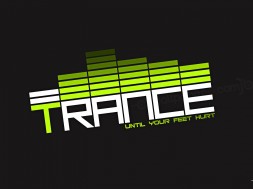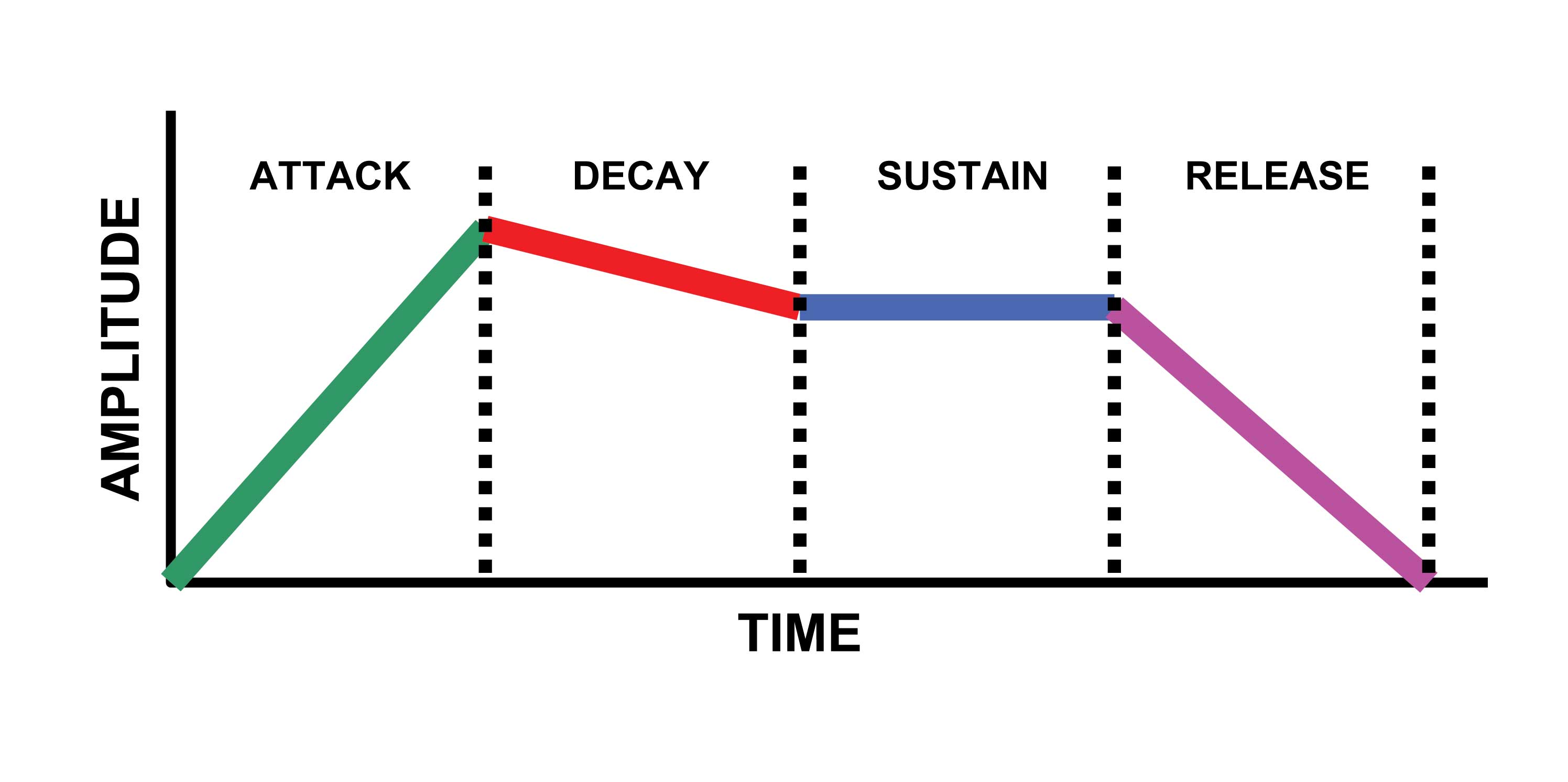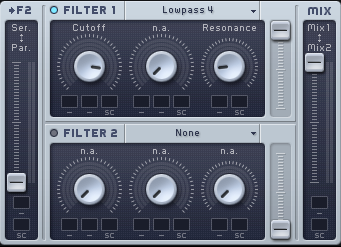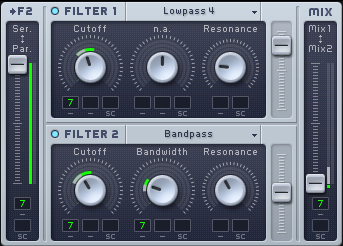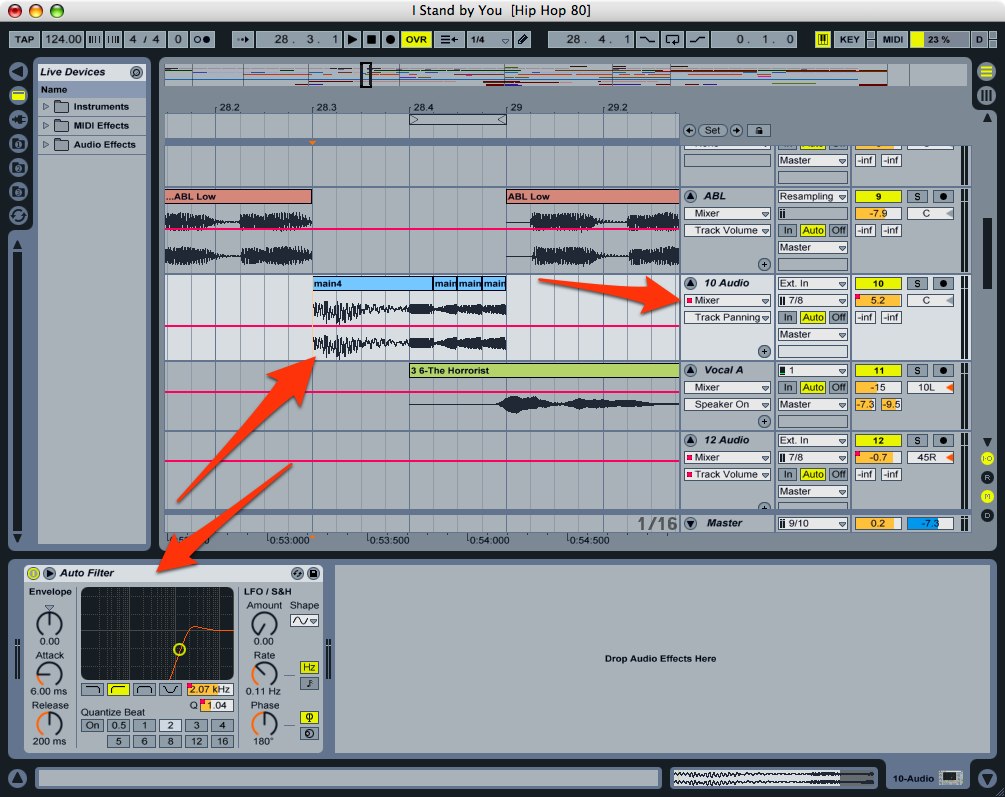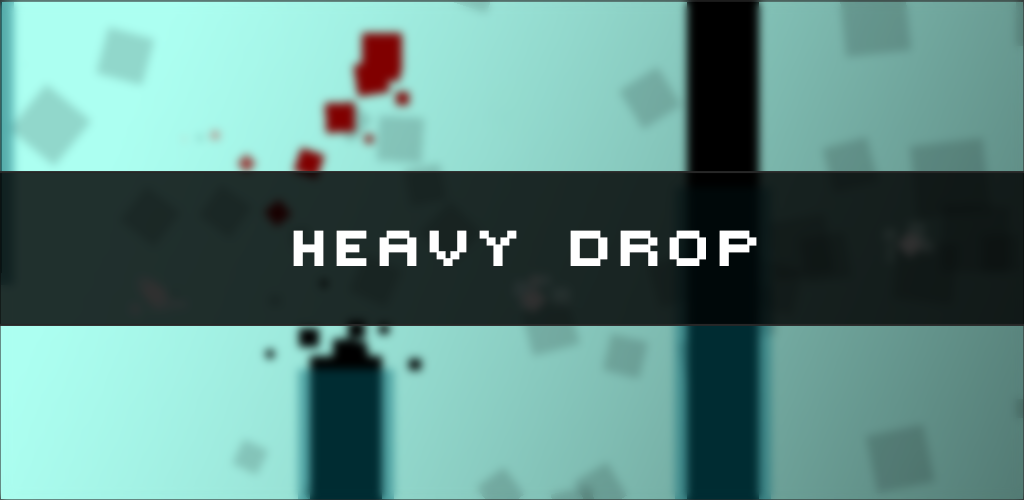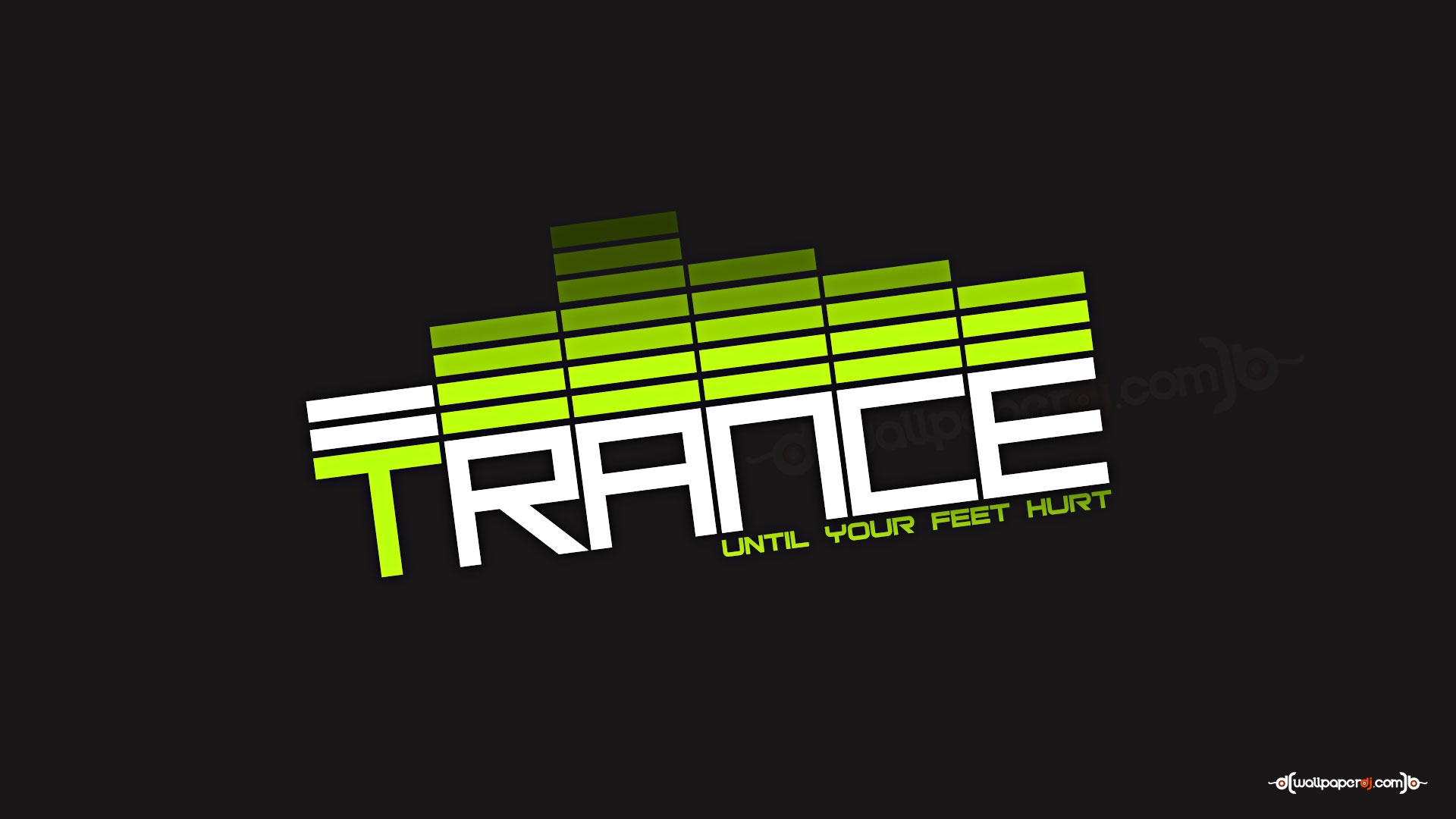
Best Trance Music Making Software For Your Music Production
 Trance music is a genre well loved by many music enthusiasts because of its appeal to the emotions and its uplifting melodies to the spirit. It belongs to the electronic music category because this is mainly produced using electronic musical instruments and technology like a trance music making software. Although there are vocals in trance, instruments make up the larger chunk of the entire piece.
Trance music is a genre well loved by many music enthusiasts because of its appeal to the emotions and its uplifting melodies to the spirit. It belongs to the electronic music category because this is mainly produced using electronic musical instruments and technology like a trance music making software. Although there are vocals in trance, instruments make up the larger chunk of the entire piece.
If you want to produce your own trance tracks, you should first acquire certain mastery level on using electronic musical devices like sequencers and synthesizers, drum machines, and the keyboards, among others. Fortunately, these devices don’t necessarily come in tangible form. You can use the digital versions of these items, and they can be available in just one program or software that already contains numerous functions like the beats maker.
Consequently, it is recommended to use the best trance music making software that is equipped with powerful sequencers and synthesizers, drums, and pre-loaded with numerous samplers, as well. These tools are capable of creating beats and rhythms using various instruments like sax, flute, electric guitar, and piano. These are important elements of trance.
Get it now
Trance Music Making Tips on Song Structure
Before making the music, a trance structure must first be defined. This serves as the framework of your piece and it also guides you when making the music. The structure of the song may vary from one artist to another. Other composers have their own unique structure to set their works apart from the rest.
You, too, can follow a different structure on your own once you acquire the mastery of making music. But as a beginner in trance production, you can follow the conventional trance structure detailed as follows:
The Intro
This part is aimed at setting the mood of your listeners. It should also provide a quick glimpse of your track. If you like your song to be popular then give due focus on making your intro quite enticing.
Oftentimes, people will just listen to the first few beats of your songs or for a few seconds, and then decide if they will either finish the track or look for another one. It is the intro that they will be listening to as a benchmark for their choices.
So kick some bass and drums to set the mood if your track is hard or acid. But if it is a classic trance, then keep your intro slow and smooth to create a relaxing ambiance and mood.
The first break
The intro advances to the first break where the listeners will experience a slight to moderate change in mood. If you are composing a progressive trance, then the first break is where you kick in the euphoric gated pads. This is also the part where the drums cut on to create another mood.
The buildup
In this part, you will start building the momentum of the mood you have created in the first break, in preparation for the chorus. Therefore, hit the synthesizer and start increasing the volume to increase the thrust.
The chorus
This is the peak of the emotion where you will go full blast in your drums and bass. If you are composing a house trance, then the chorus should be the best part that makes people dance on the floor and keep on dancing. For uplifting trance, the chorus is the part of the song that sets the motivational level to the peak.
The verse
After the chorus, the song retreats back to the verse. For some trance music, the verse is somewhat similar to the intro, but in a bit higher level.
Second buildup
Again, you build another momentum here for the second chorus. Do the same just like the first buildup but in another or higher rhythm or melody.
The second chorus
If the first chorus is best, then the second chorus should be better. This is nearing the finale of the song, so the thrills, the intense, and the emotions that you have been building from that start should explode here.
The outro
Obviously, you can’t just end the song abruptly at the peak of the emotion. That’s why the outro is here to slowly fade from the peak. If the fire is burning hot in the chorus, the outro slowly puts out the fire towards the end of the song. So hit the synthesizers again and gradually decrease the noise. Ideally the outro should go back to the simplicity of the intro; at the same time, it should prepare the DJ for mixing it with another track.
The above song structure is just an example, just to give you an idea of a typical trance structure. You don’t necessarily have to follow the exact format, but you can add or cut some parts. A simple structure consists of just the fundamentals like the intro, the break, the buildup, the chorus, and the outro. It’s up to you to decide how many verses, chorus, and buildups to include in your trance structure.
Start making trance music today with the top-of-the-line beats maker.
Download here.
Ideal software to make music beats
By looking at the example above, you can quickly observe the important features of an ideal trance beat maker. While different brands offer unique features in varying quantity, don’t get attracted too much on unnecessary features, but give more focus on the basics.
Among them are the synthesizers, the drums, the sequencers, the amplifier, and the keyboard. If you miss out one of these components, you may still create music trance but your user-experience will greatly diminish. You may encounter difficulties at some points, as well.
But on top of the above basic features, it also helps to have more. Having a huge collection of samples can greatly help. These samples are very useful in making beats and melodies, making it all the more easier for you to make music of varied genre.
Moreover, the software must also come with customer support in the event of technical issues on using the program. Video tutorials should be included for easier learning of the features. This is on top of refund guarantee in case the beats making software is deemed not suited for you.
